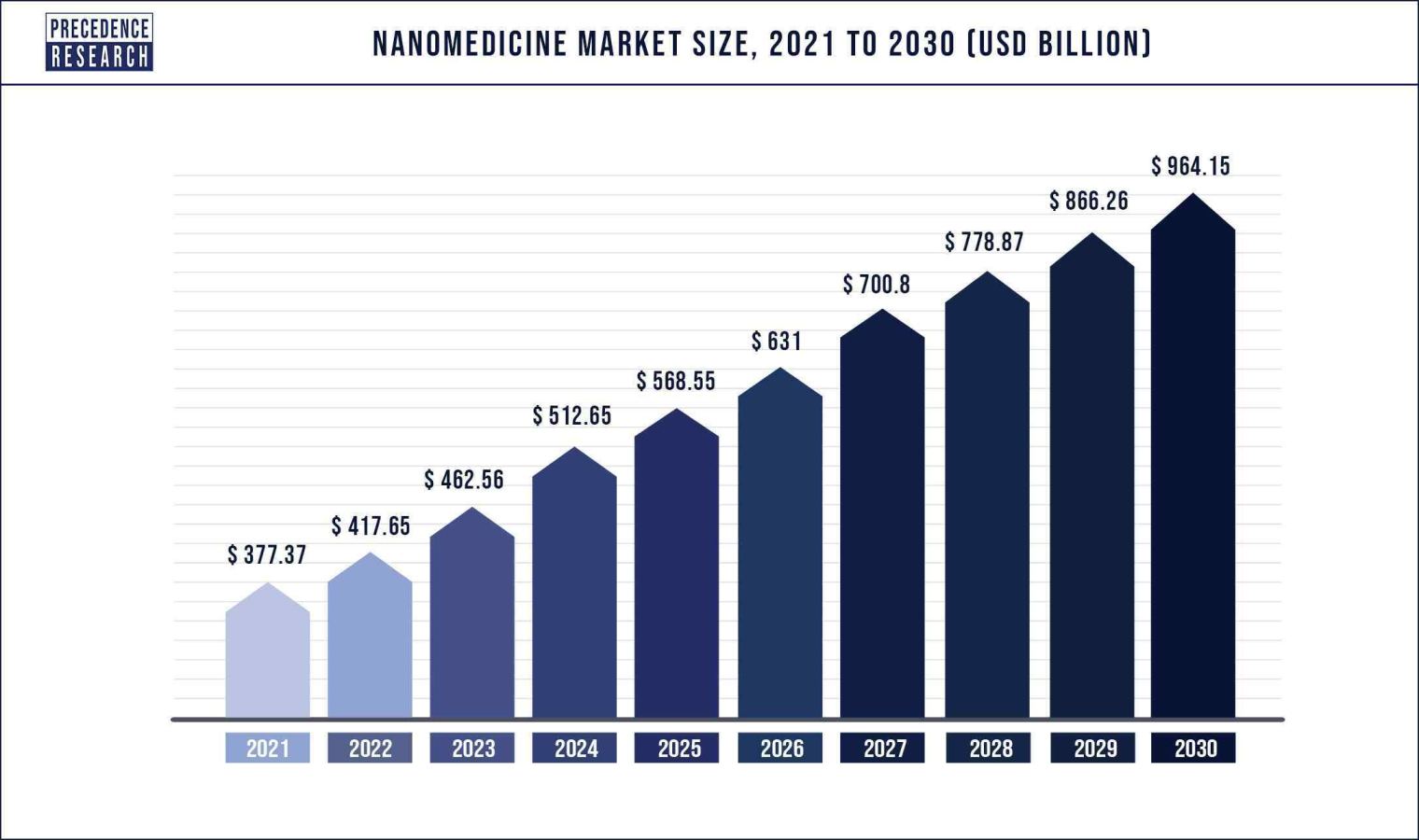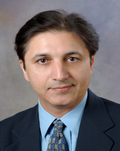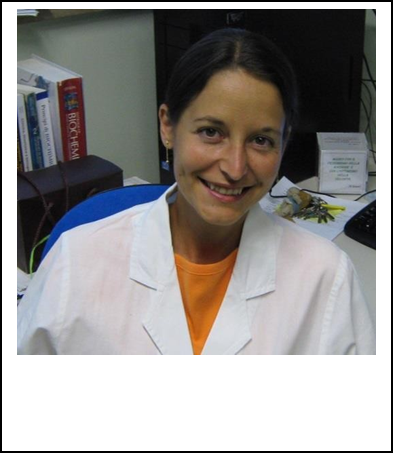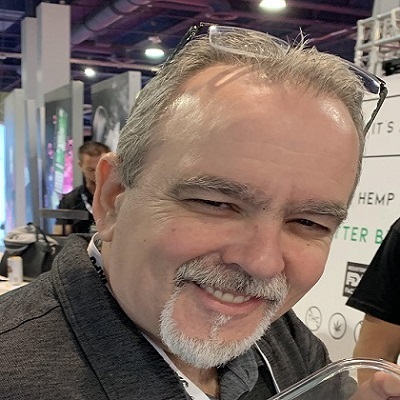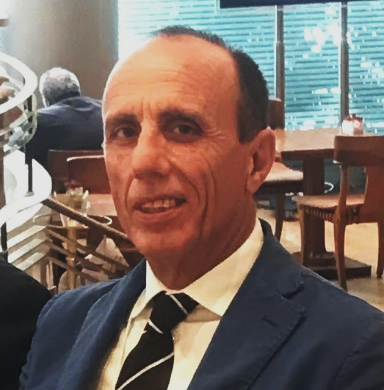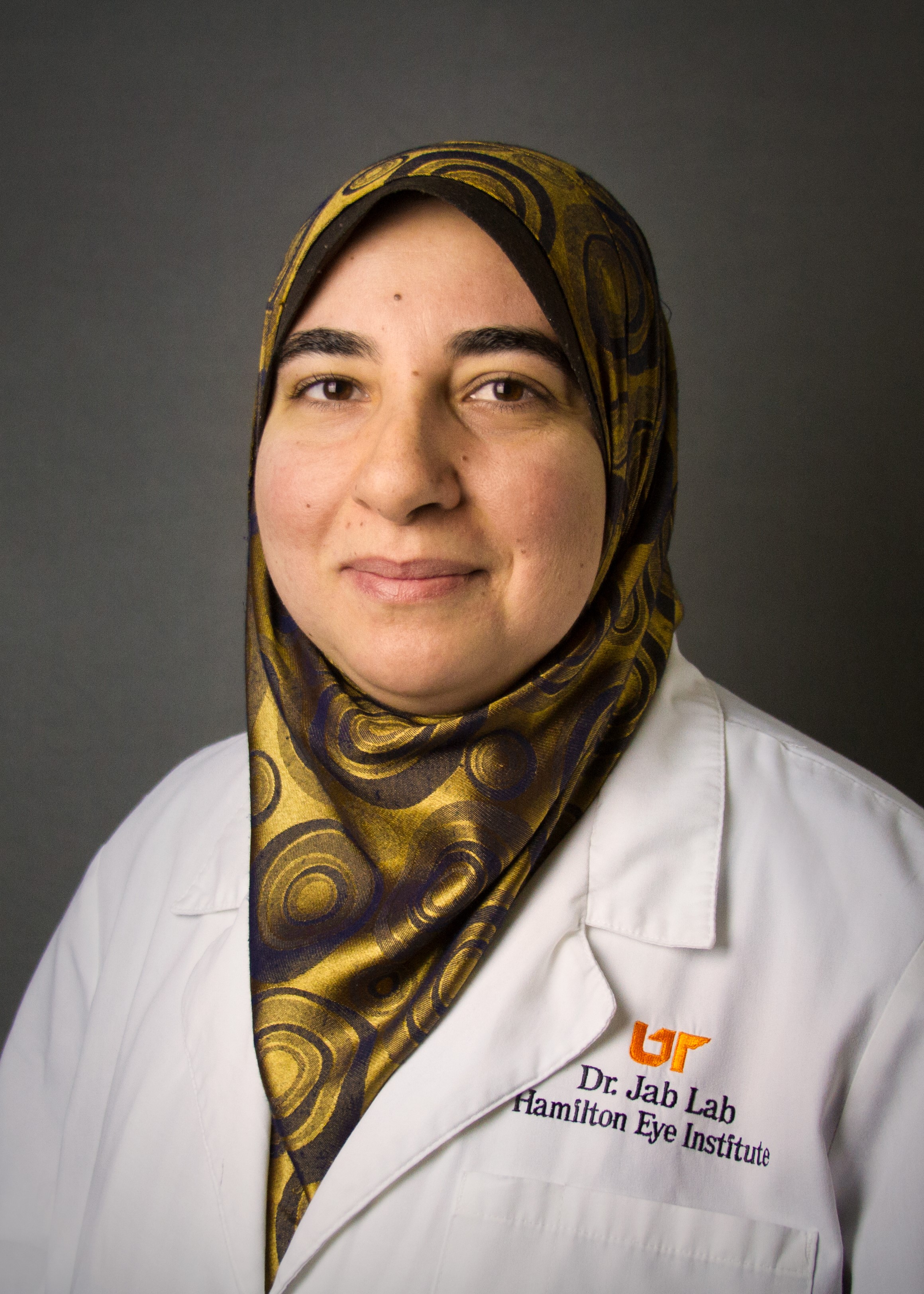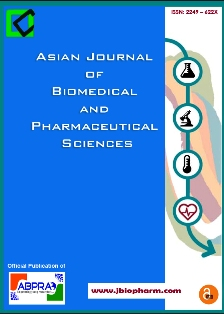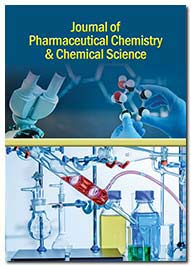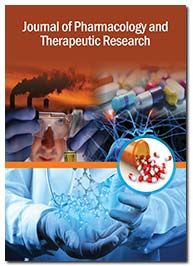List of Sessions
Session 01. Pharmaceutical Sciences
The drug sciences are a gathering of interdisciplinary spaces of study worried about the plan, activity, conveyance, and attitude of medications. They apply information from science (inorganic, physical, biochemical, and insightful), science (life systems, physiology, natural chemistry, cell science, and sub-atomic science), the study of disease transmission, measurements, chemometrics, math, physical science, and synthetic designing.
The drug sciences are additionally partitioned into a few explicit fortes, with four primary branches:
• Pharmacology: The investigation of the biochemical and physiological impacts of medications on individuals.
• Pharmacodynamics: The investigation of the cell and sub-atomic connections of medications with their receptors. Just "How the medication deals with the body"
• Pharmacokinetics: The investigation of the components that control the grouping of medication at different destinations in the body. Essentially "How the body deals with the medication"
• Pharmaceutical toxicology: The investigation of the destructive or poisonous impacts of medications.
• Pharmacogenomics: The investigation of the legacy of trademark examples of communication among medications and organic entities.
• Pharmaceutical science: The investigation of medication configuration to enhance pharmacokinetics and pharmacodynamics, and amalgamation of new medication atoms (Medicinal Chemistry).
• Pharmaceutics: The examination and plan of medication detailing for ideal conveyance, soundness, pharmacokinetics, and patient acknowledgment.
• Pharmacognosy: The investigation of prescriptions got from normal sources
Session 2: Drug discovery
This research topic aims to publish data on recent advances in early Drug Discovery against emerging/neglected tropical diseases, including parasitic, bacterial, viral, and fungal infections Here, we gather insightful data on the creation of fresh experimental methods, the discovery of fresh therapeutic plans, and the mode of action of traditional or cutting-edge antibacterial substances.
Over the past 40 years, the complexity of drug development has multiplied, necessitating the preclinical stage of drug research, an investigational new drug (IND) application, and extensive clinical testing before FDA marketing clearance. Successful Drug Discovery is like finding a safe and effective oasis in a chemical and biological desert. Because deserts are huge and oases are tiny, analyses based on the drug development strategy reveal that the discoverability of viable candidates is extremely sensitive to the accuracy of predictions. Especially since Drug Discovery is very difficult to measure late in the process before the project succeeds or fails.
Discovery Development
Preclinical research
Drug development process
Market monitoring
Session 3: Drug Development
Once a lead molecule has been found through the process of drug discovery, the process of drug development is used to bring a new pharmaceutical medicine to market. Preclinical research on microbes and animals is part of this process, as is requesting regulatory status, such as through the US Food and Drug Administration, to begin human clinical trials for an investigational new drug. It may also include the step of securing regulatory approval with a new drug application to market the drug. It normally takes more than ten years for a vaccine or medication to be approved, from concept to preclinical testing in the lab to clinical trial development, including Phase I-III trials.
Session 4: FDA Drug Review
The structural similarities between the FDA's drug reviews and many other regulatory bodies' judgments include high uncertainty, low reversibility, avoiding observable error, and high political stakes that encourage lobbying by interested parties. This essay investigates the policy implications of considering FDA drug evaluation as a politically motivated information processing activity. I contend that the incentives regulators face place restrictions on how quickly medication reviews may be completed, that these motivations may make privatization efforts difficult, and that political pressures may be helpful in identifying high-priority pharmaceuticals.




